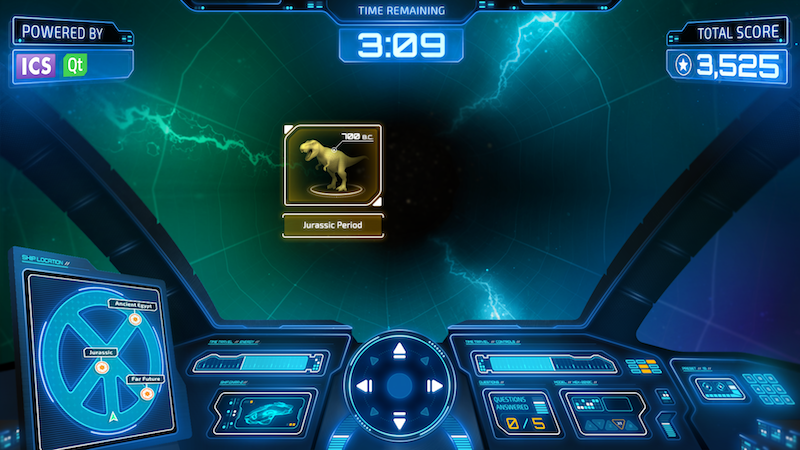
How to Choose Between Realities for the Best Immersive Experience
Our customers often mention virtual reality (VR) when they are looking to do something unique and eye-catching at conferences. They’re not exactly sure how VR could be used to present their product or tell their story but they know the technology is trending and they don’t want to get left behind. Maybe you’re also considering including VR in your marketing mix.
But is VR the right choice? What about augmented reality (AR)? Or a touchscreen game?
While touchscreen games create a community experience, VR and AR alter our perception of the world. They’re typically used for gaming, simulations, shopping, education, and exploration.
Here’s a non-technical overview of your immersive-experience options so you can decide which path to take to reach your ultimate goal: creating games and interactive experiences that get users excited about your brand.
Virtual Reality
VR creates a whole new world that your user interacts with. You need to wear a headset and should wear headphones to have the complete VR experience, which puts the user into a virtual environment. VR systems that include transmission of vibrations and other sensations to the user through a game controller or other devices are known as haptic systems. (The immersive environment can create a lifelike experience that may be too intense for kids so we don’t recommend VR for companies catering to children.)
VR Characteristics:
- Fully Immersive
- 360 degree
- Touch controllers
- Expensive to create
Hardware Required: VR headset, such as Oculus Rift (need a special PC for some games), HTC Vive, or Samsung Gear VR. Or you can use your phone with Google Cardboard.
Augmented Reality
Rather than creating a completely virtual world, AR blends virtual reality and real life — Microsoft call this “mixed reality” — allowing you to interact with a virtual object your physical world. PokemonGo is perhaps the best-known consumer-focused AR game. But there are a lot of B2B companies, particularly in the medical field, working to develop AR games and experiences. The imminent release of Apple’s iOs 11 in September, which will support AR in Apple’s web browser, will make AR far easier to implement so expect the use of AR for business to become more widespread.
AR Characteristics:
- Can use most phones or even special glasses to create an AR game
- Transparent lenses & ambient sound
- Doesn’t block out what you see
- Can be world locked (position based)
- Position tracking
Hardware Required: Smartphone camera, Meta2, Microsoft Hololens
Interactive Touchscreen Games
Games are usually more fun when we play them with others. We can create interactive experiences for large touchscreens, such as 2D or 3D games designed to draw groups together.

Image from Time Travel game ICS developed for Siggraph.
Interactive Games Characteristics:
- Group experience
- Competitive
- Quicker/ less costly to develop
- Larger screens
Hardware Required: Large touchscreen, iPads, many options
Additional Considerations
When choosing between technologies, particularly for a game platform, don’t forget to consider the software that will power it.
- Are there licensing fees or it is open source technology?
- Does it require a good -- or a great -- internet connection to run?
- Will this game be used on multiple platforms?
- What is the support model?
Making an Informed Choice
VR and AR are still fairly new technologies, meaning developing games can be quite costly. Though we are seeing a lot of cool projects and interactive experiences out there, many of them are very expensive early prototypes. Costs will undoubtedly decline as these platforms mature and development becomes more streamlined. Conversely, touchscreen tech has a proven track record so development is more cost-effective and dependable.
Whatever technology you choose, keep in mind that any VR, AR or online game or experience should to have a connection to your product. Spending limited marketing dollars on something that’s visually compelling but doesn’t support your overall strategy is a risky business decision. Remember, users who have a great experience that integrates with your product will remember not only the cool experience but also your company. And that’s your ultimate goal.
Need help creating your next immersive experience? Get in touch.